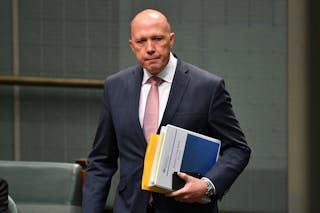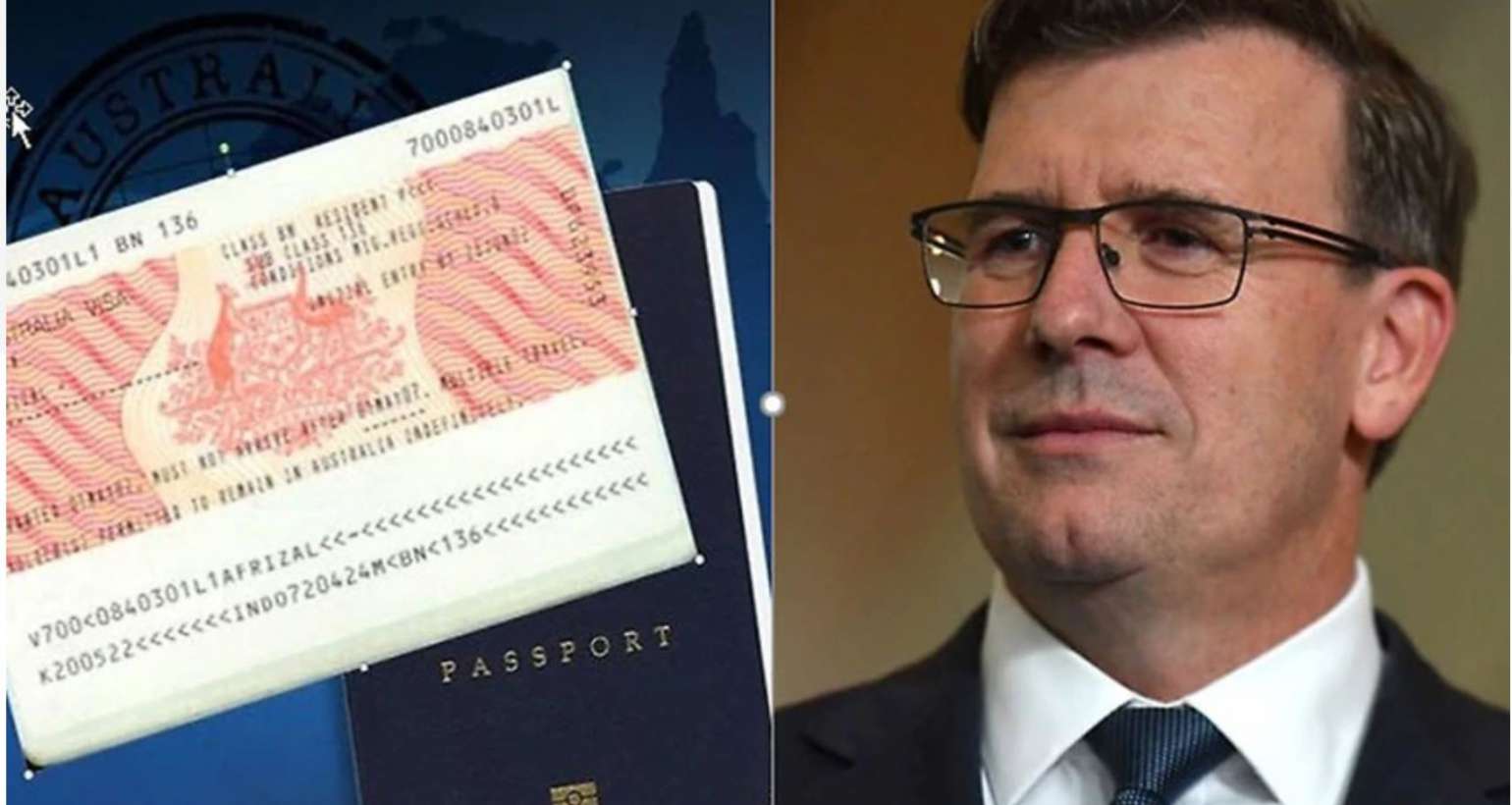Recent articles in the media have raised concerns about the rapid rise in migrants living and working in Australia on bridging visas, whose numbers have more than doubled in the last four years.
A bridging visa is granted to anyone who makes a visa application from within Australia. This form of visa comes into effect if the visa someone already holds expires while they’re in the country.
As of March 31, there were 229,242 people in Australia who held a bridging visa, the highest-ever figure in Australian history. A significant portion of bridging visa applicants are skilled and family migrants, often partners of Australian permanent residents and citizens.
But living on a bridging visa is a form of migration limbo as the Department of Home Affairs does not disclose how long any individual case may take to process. Migrants do not know if their application will be approved tomorrow, or if they will be waiting on a bridging visa for another year or more.
What’s more, employers and labour recruiters, especially in the horticultural industry, are taking advantage of these migrants as cheap temporary labour.
Most migrants on bridging visas aren’t ‘scammers’
Evidence is emerging that increasing numbers of migrants arriving on tourist visas are applying for humanitarian or protection visas once they’re in the country.
This is the group Kristina Keneally, the Shadow Minister for Home Affairs, refers to as “airplane people”. She criticises the Coalition for trumpeting a hard-line approach to offshore detention and “stopping the boats” when asylum seekers are arriving by other means and seeking protection onshore in increasing numbers.
This exploitation of temporary visa pathways is a growing concern and warrants investigation. But associating all bridging visas with “scammers” and “illegal migrants” misses the bigger picture of the role bridging visas play in our changing immigration regime and the inequalities they can create for migrants who are operating completely within the rules of the system.
They meet all the legal criteria for migration and are simply waiting for their applications to be processed by the Department of Home Affairs. For example, while there were 28,000 applicants for onshore asylum visas in 2017-18, there were more than 125,000 people holding a bridging visa and waiting for their permanent visa application to be finalised.
Growing wait times for partner visas
Perhaps the primary reason for the so-called “blowout” in bridging visas – as quoted in an ABC article – is simply because more legitimate applications for skilled and family migration are now made in Australia and waiting times for visa processing have increased.
Compare permanent partner visas in 2009-10 and 2017-18. There were about 53,000 applicants for partner visas in 2009-10. And there were 27,000 people waiting in the queue in June 2010.
Eight years later, there were 54,000 applicants for partner visas, but with fewer places available (39,800) and more than 80,000 people waiting in the queue.
This means if you applied for a partner visa in June 2010, you were looking at about a six to eight month wait. And by June 2018, this had become around a two-year wait.
A consequence of under-resourcing in the Department of Home Affairs is that the time migrants spend living on bridging visas is increasing as the time taken to process a visa application grows. What’s more, waiting times for sponsored skilled work visas like the Employer Nomination Scheme can take up to 19 months.
Barriers to economic and social inclusion
These long waits create significant barriers to the economic and social inclusion of these migrants.
One of the most significant issues is the stigma around bridging visas in the employment market. Although many of these migrants have in-demand skills, local work experience, and the strong desire to work, many Australian employers refuse to hire workers on bridging visas, leading to deskilling, exploitation and financial stress.
Long waits on bridging visas can create specific vulnerabilities for women on partner visas, making them highly dependent on their partners, and often unable to access adequate support in situations of domestic abuse.
In research conducted on the experiences of migrants on the “staggered pathway” from temporariness to permanence, migrants report being denied mobile phone contracts, personal loans or rental accommodation because of their bridging visas.
Travel restrictions placed on some bridging visas also prevent migrants from travelling home to care for family members or attend family events.
Transparent and faster processing would mitigate many of the issues with bridging visas, whether for those exploiting the system or for those legitimate migrants stuck in the indefinite wait.
Minimising time spent on bridging visas means onshore migrants can participate fully in both the economy and the community.


